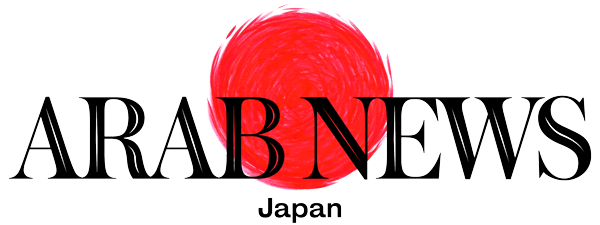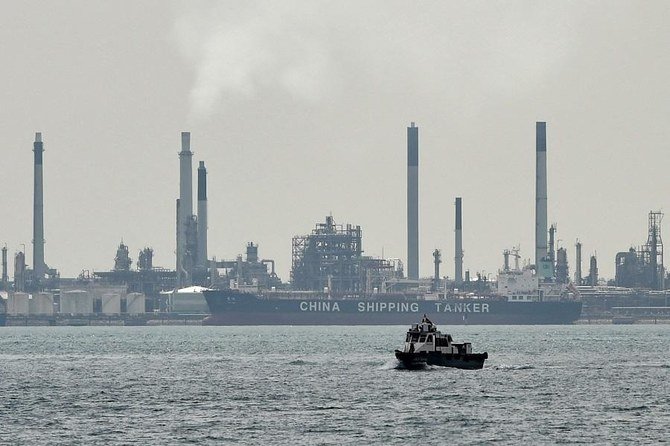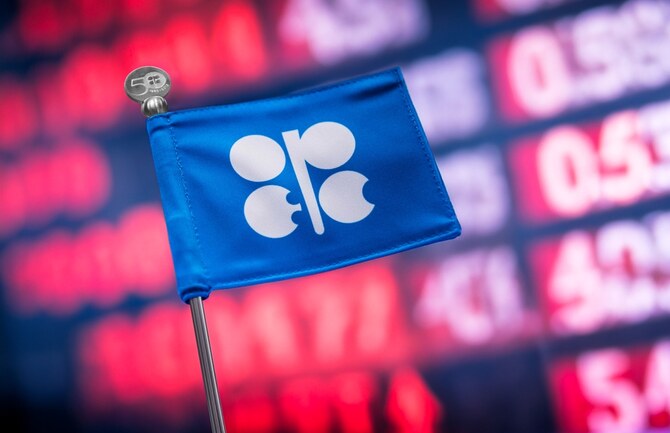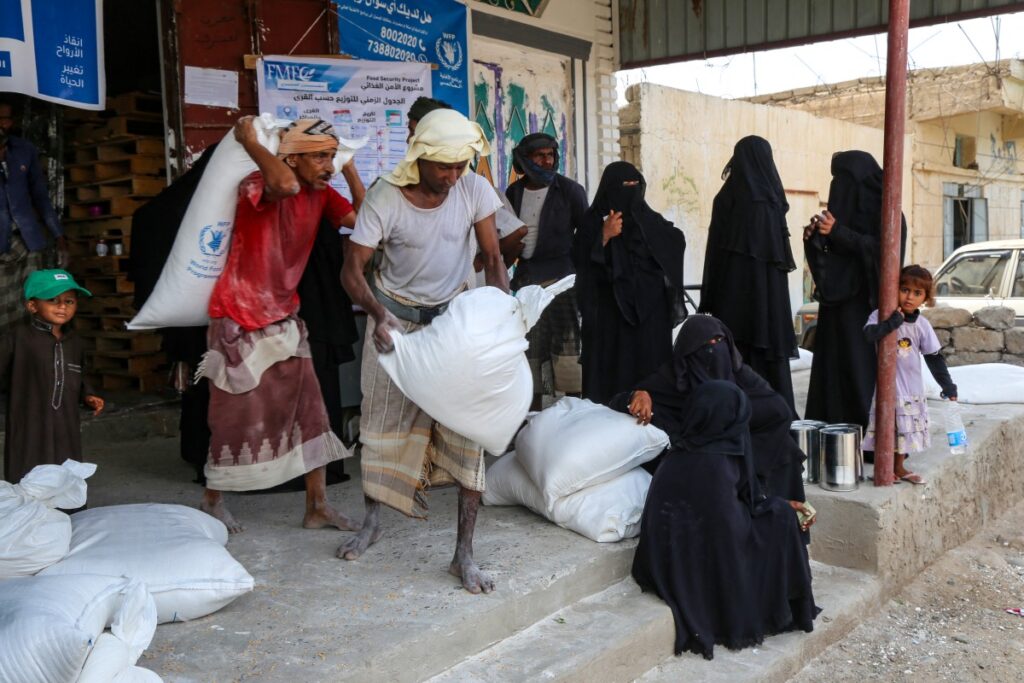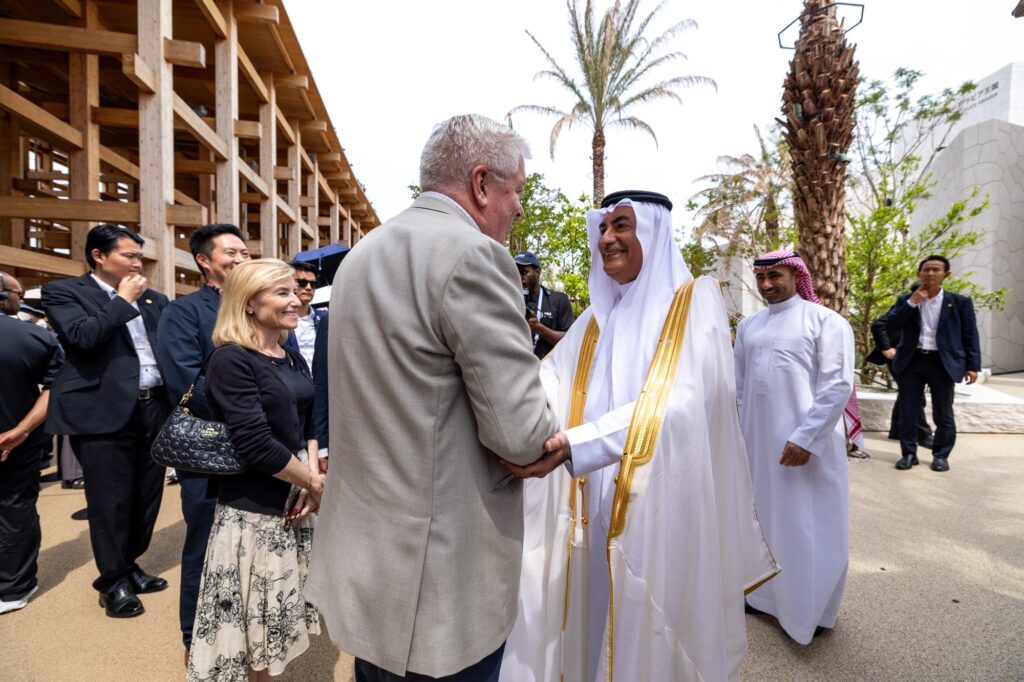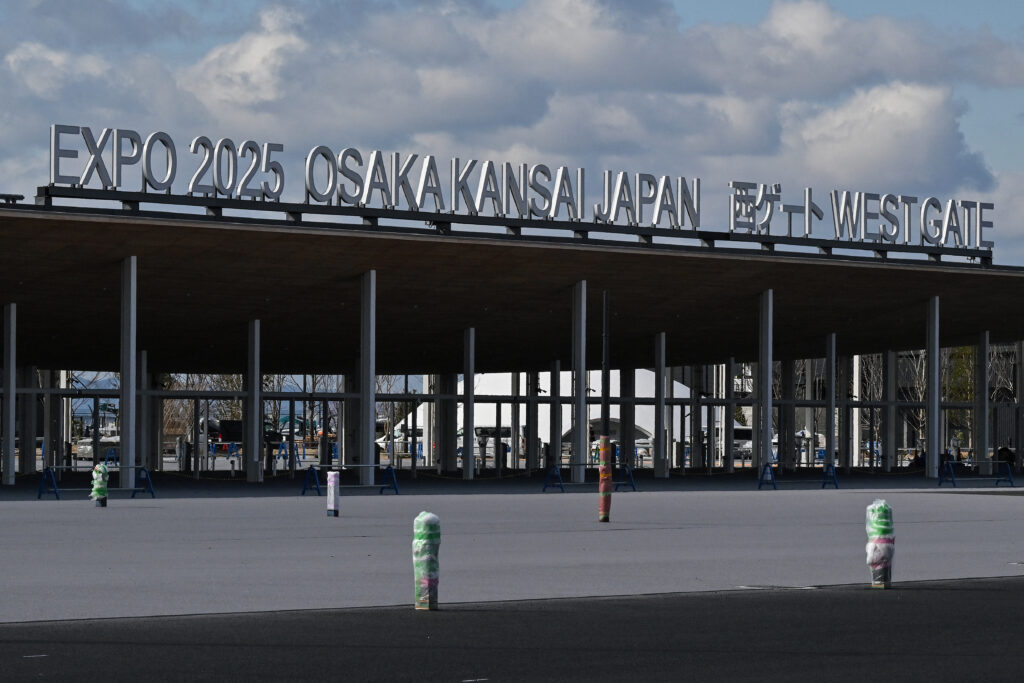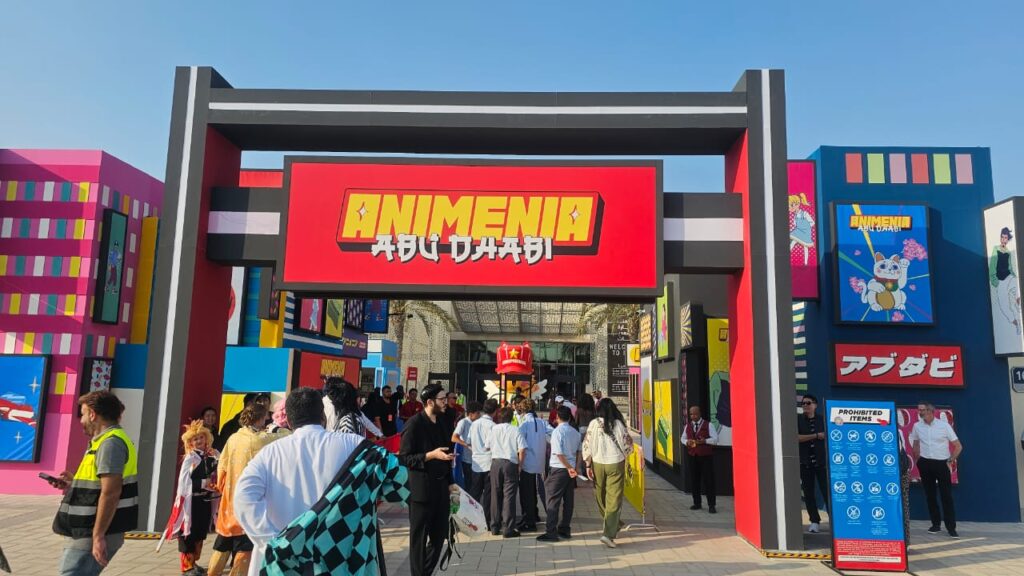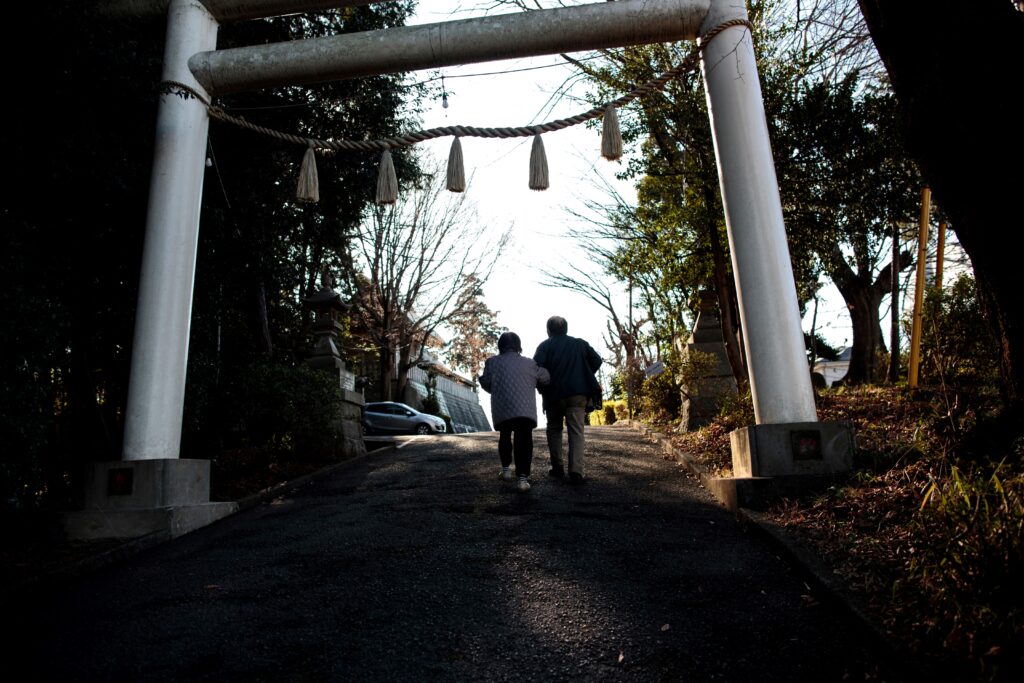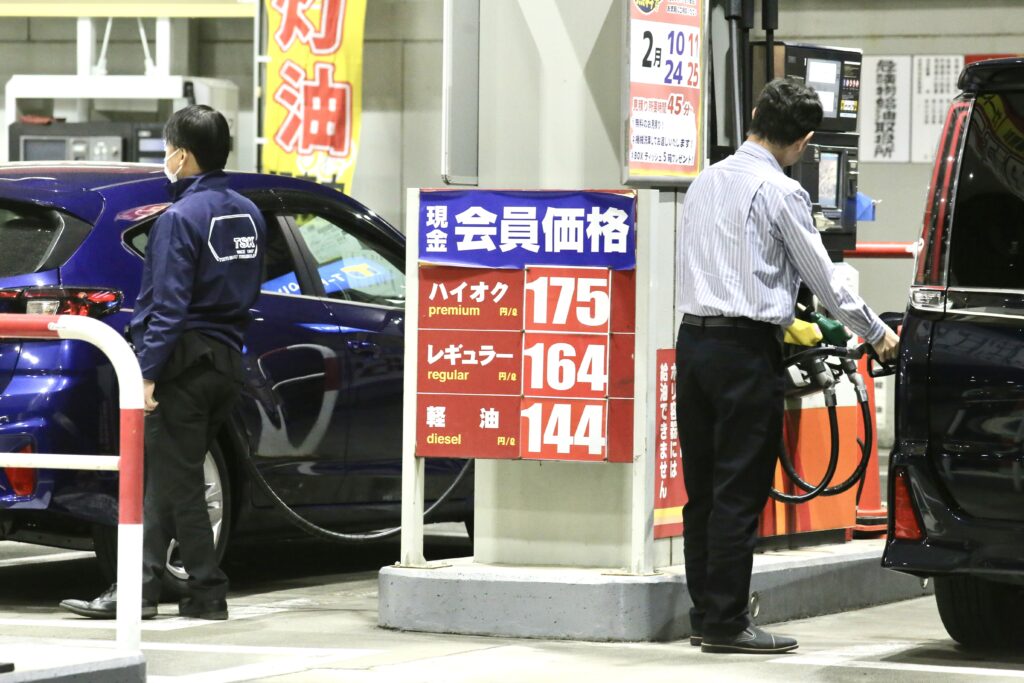SINGAPORE: Oil prices slipped on Monday, paring strong gains made in the previous session after OPEC+ agreed last week to gradually ease some of its production cuts between May and July.
Brent crude futures for June fell 33 cents, or 0.5 percent, to $64.53 a barrel by 0206 GMT while US West Texas Intermediate crude for May was at $61.20 a barrel, down 25 cents, or 0.4 percent.
Both contracts settled up more than $2 a barrel on Thursday as investors viewed the OPEC+ decision as an affirmation of demand-led recovery and optimism was boosted by US President Joe Biden’s $2 trillion infrastructure spending plan. Markets were closed on Friday because of the Easter holiday.
The Organization of the Petroleum Exporting Countries, Russia and their allies, a group known as OPEC+, agreed to ease production curbs by 350,000 barrels per day (bpd) in May, another 350,000 bpd in June and further 400,000 bpd or so in July.
The decision came after the new US administration called on Saudi Arabia to keep energy affordable for consumers despite demand concerns as parts of Europe remained under lockdown while Japan could expand emergency measures as needed to contain a new wave of coronavirus infections.
Under Thursday’s agreement, OPEC+ cuts would be just above 6.5 million bpd from May, compared with slightly below 7 million bpd in April.
Most of the increase in supplies will come from the world’s top exporter, Saudi Arabia, which said it was phasing out its extra voluntary cuts by July, a move that will add 1 million bpd. Following that, Saudi Aramco raised official selling prices (OSPs) for May to Asia on Sunday.
“The raised output was followed by an increase in the OSP, which I think in tandem shows the confidence the bloc has in demand recovery,” OCBC economist Howie Lee said.
This week, investors are focused on indirect talks in Vienna between Iran and the United States as part of broader negotiations to revive the 2015 nuclear deal between Tehran and global powers.
Ahead of the talks, Iran’s foreign ministry said it wanted the United States to lift all sanctions and rejected any “step-by-step” easing of restrictions.
Eurasia’s analyst Henry Rome said he expects US sanctions, including restrictions on the sale of Iranian oil, to be lifted only after these talks are completed and until Iran returns to compliance.
“Diplomacy could stretch for months and nuclear compliance could take as long as three months,” he said in a note, adding that implementation of such a deal and a ramp-up of oil exports could stretch into early 2022.
Reuters


